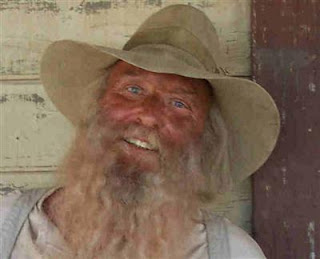They're the ones who more or less invented the theory of communications by the modern state with its constituents. Some call it "public relations," some call it "advertizing,"a nd some call it "propaganda," but whatever you call it, it preforms the same function: it portrays an (at best) half-truth as reliable, disinterested information.
Bernays was the one who specifically linked the psychological and psychoanalytical insights into human motivations specifically into his work, because he was Sifgmund Freuds favorite nephew. With the "invention" of "public relations," Bernays invented the language of the CorpoRat State!
Bernays invented the public relations profession in the 1920s and was the first person to take Freud's ideas to manipulate the masses. He showed American corporations how they could make people want things they didn't need by systematically linking mass-produced goods to their unconscious desires. Bernays was one of the main architects of the modern techniques of mass-consumer persuasion, using every trick in the book, from celebrity endorsement and outrageous PR stunts, to eroticising the motorcar. His most notorious coup was breaking the taboo on women smoking by persuading them that cigarettes were a symbol of independence and freedom. But Bernays was convinced that this was more than just a way of selling consumer goods. It was a new political idea of how to control the masses. By satisfying the inner irrational desires that his uncle had identified, people could be made happy and thus docile.
If they are any good at it, and they are, then the subjects do not really ever actually suspect they're BEING brainwashed, and reprogrammed. We do it with television and its flickering-screened scions in the phones, and other IT appliances. Americans will alswys reject assertions they have been brainwashed. But if they actually, sincerely, deeply believe there is a difference between Ford and Chevy, or Coors and Bud, or Olive Garden and Red Lobster, well, the facts thereby speak for themselves. There are what Bateson calld "differences that make a difference" between a coal shovel and a cherry orchard. There are no such discernible differences between varieties of industrial malt liquor sludge, or mass produced automobiles.
Here are the next three parts of this extraordinary documentary. It's four hurs, give or take. But it's also the equivalent of a semester-long master's class in the uses of propaganda, in all its guises, as a tool for the manipulation of public sympathy and influence.

No comments:
Post a Comment